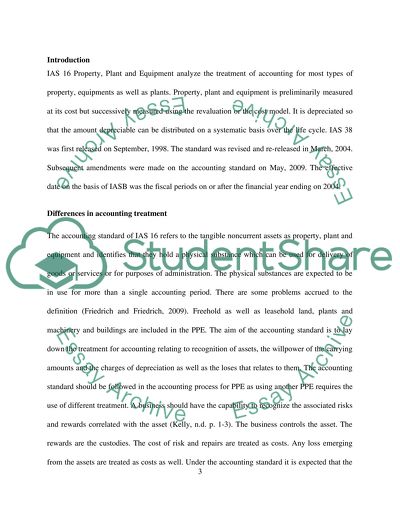Cite this document
(“Non-current assets Essay Example | Topics and Well Written Essays - 1250 words - 1”, n.d.)
Retrieved from https://studentshare.org/finance-accounting/1463792-non-current-assets
Retrieved from https://studentshare.org/finance-accounting/1463792-non-current-assets
(Non-Current Assets Essay Example | Topics and Well Written Essays - 1250 Words - 1)
https://studentshare.org/finance-accounting/1463792-non-current-assets.
https://studentshare.org/finance-accounting/1463792-non-current-assets.
“Non-Current Assets Essay Example | Topics and Well Written Essays - 1250 Words - 1”, n.d. https://studentshare.org/finance-accounting/1463792-non-current-assets.


